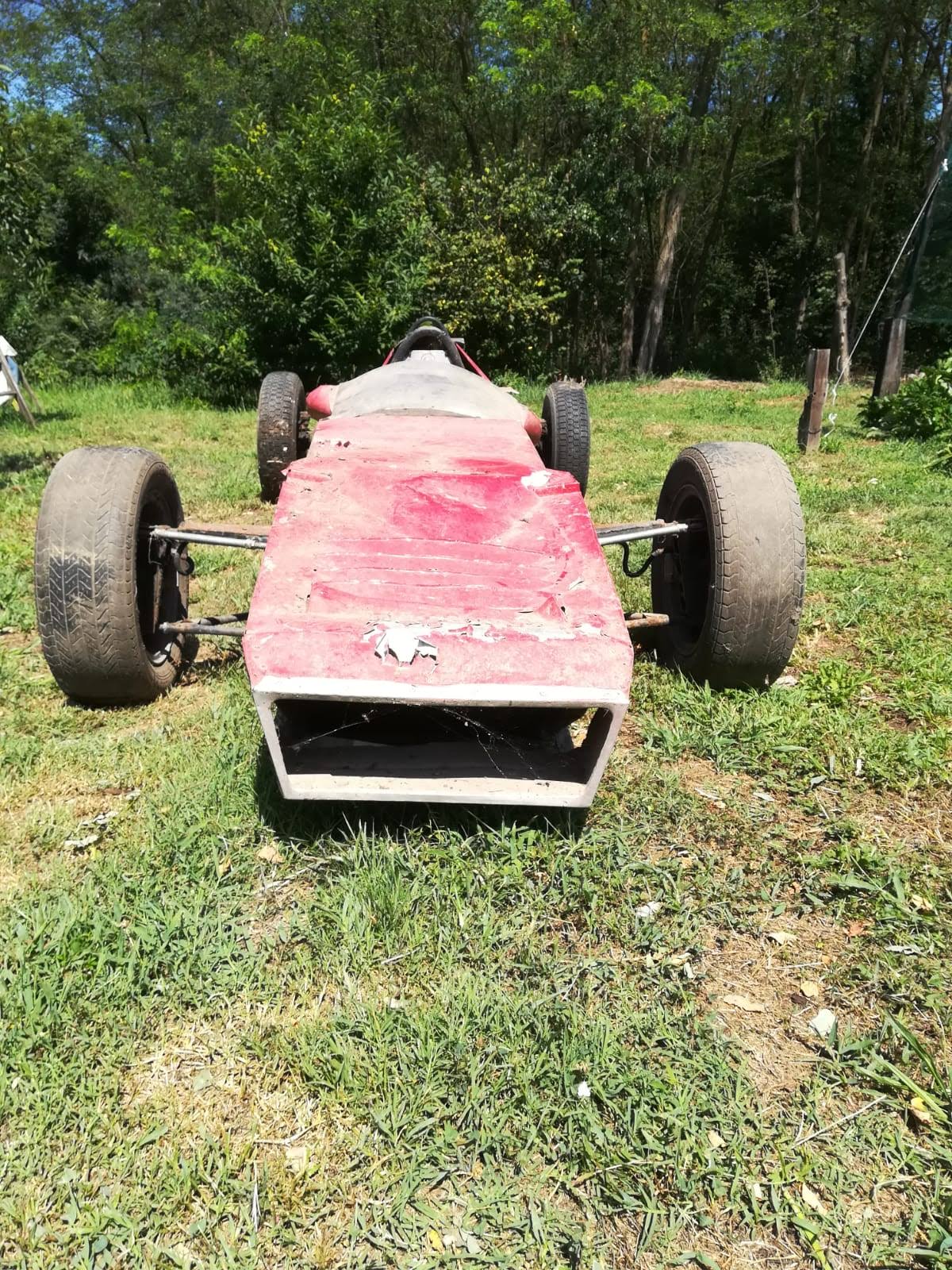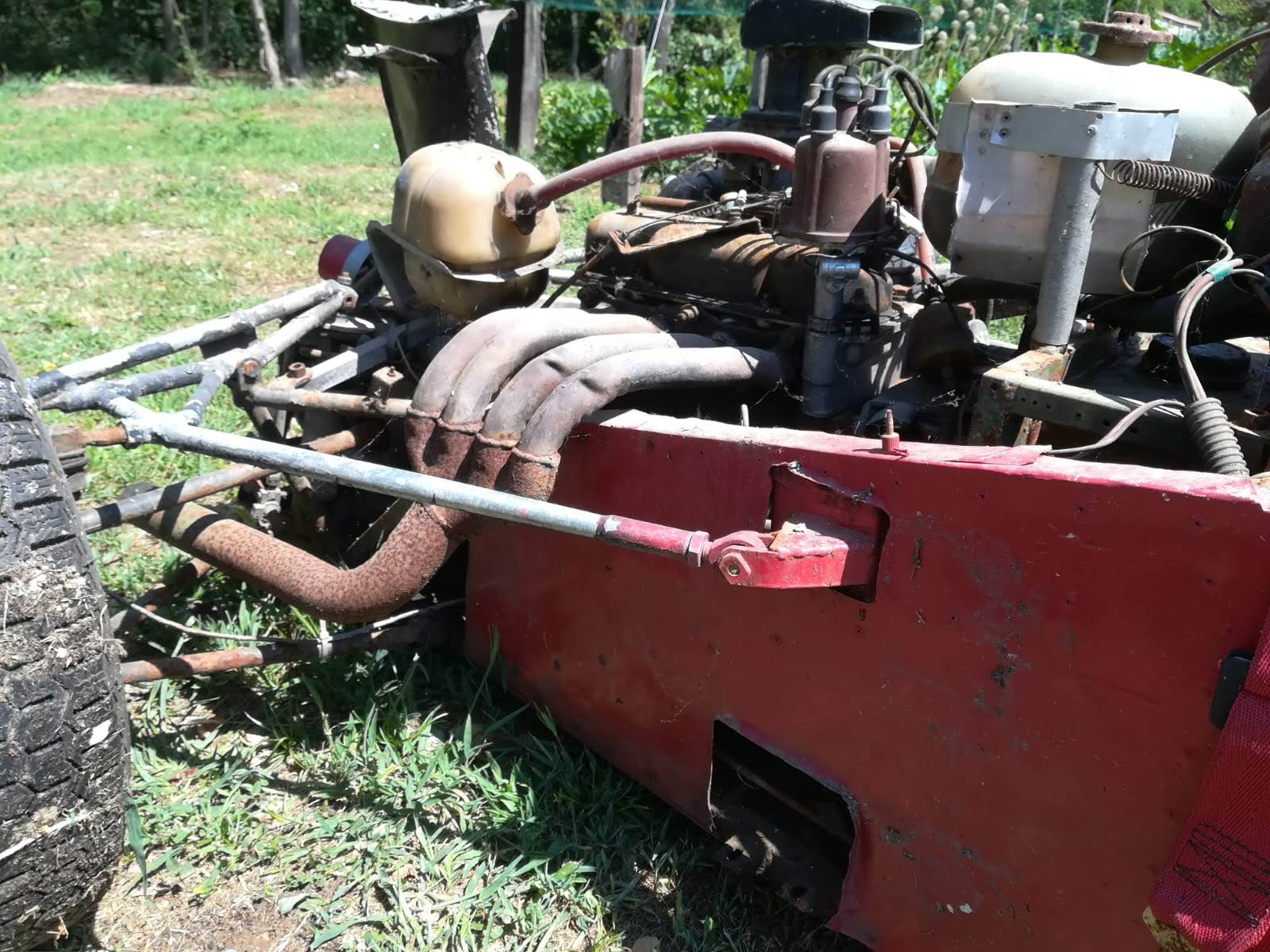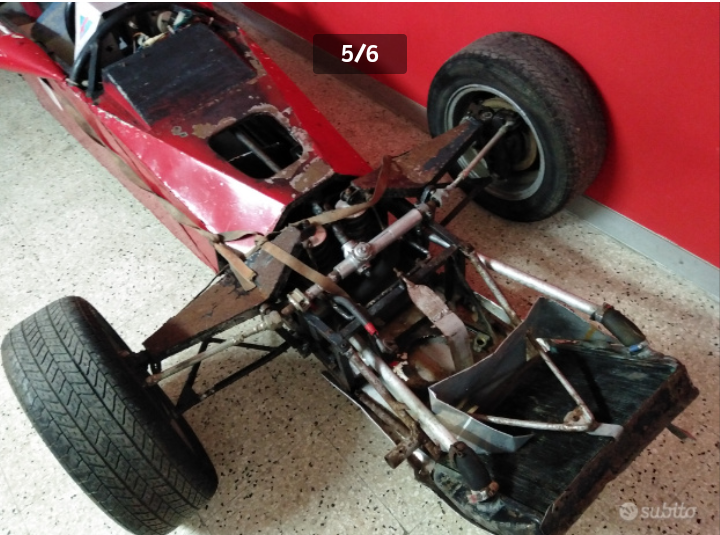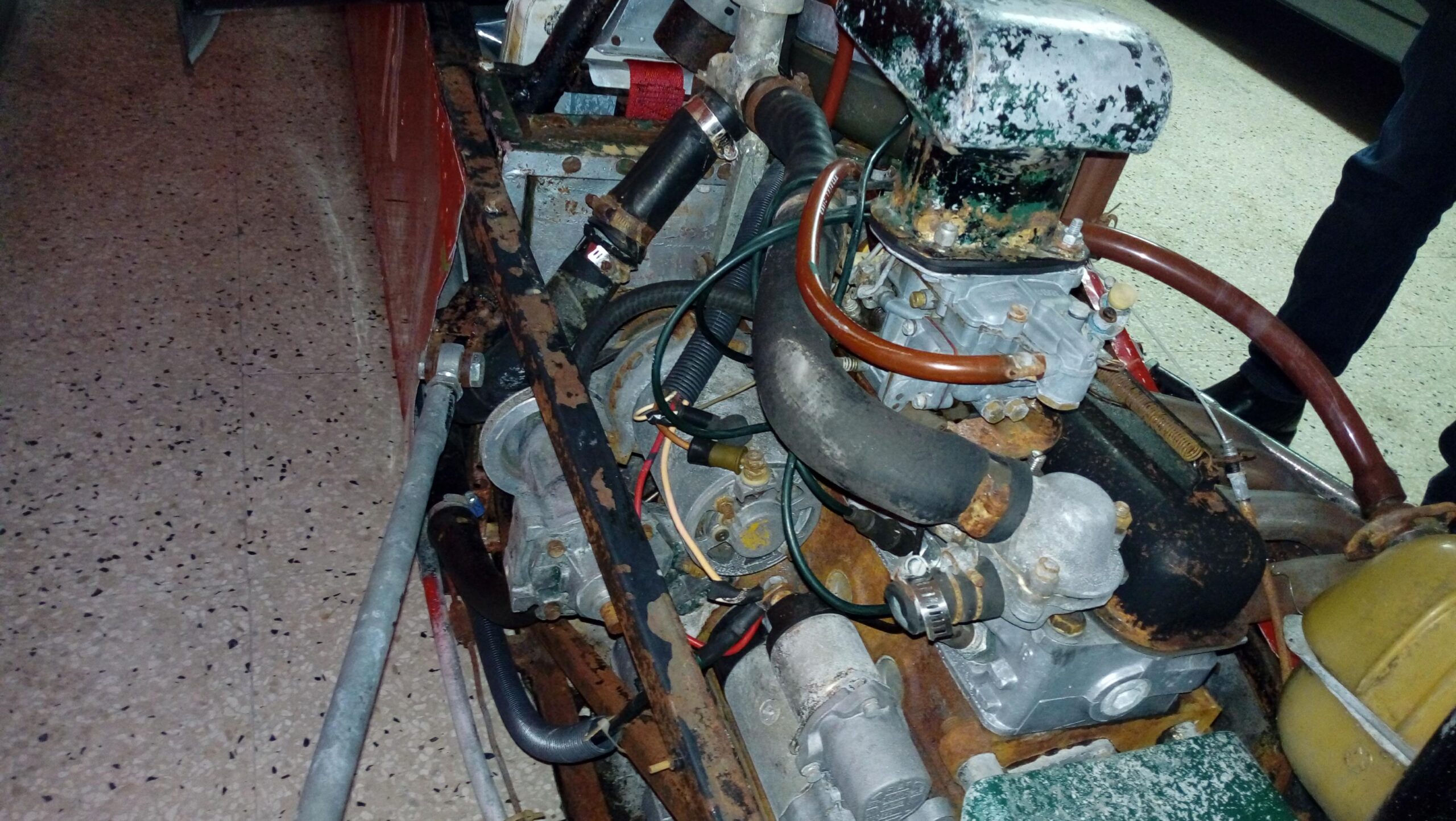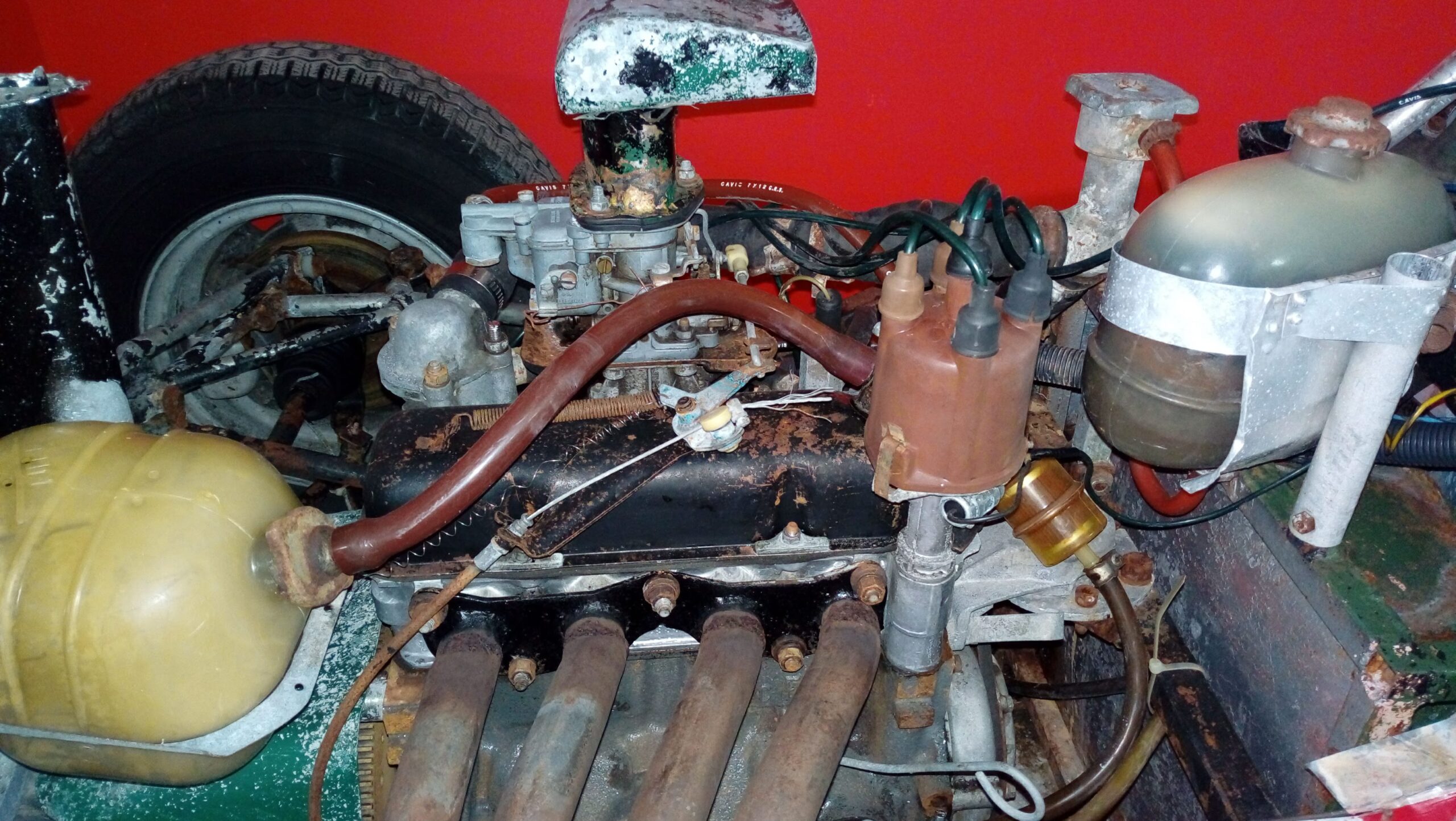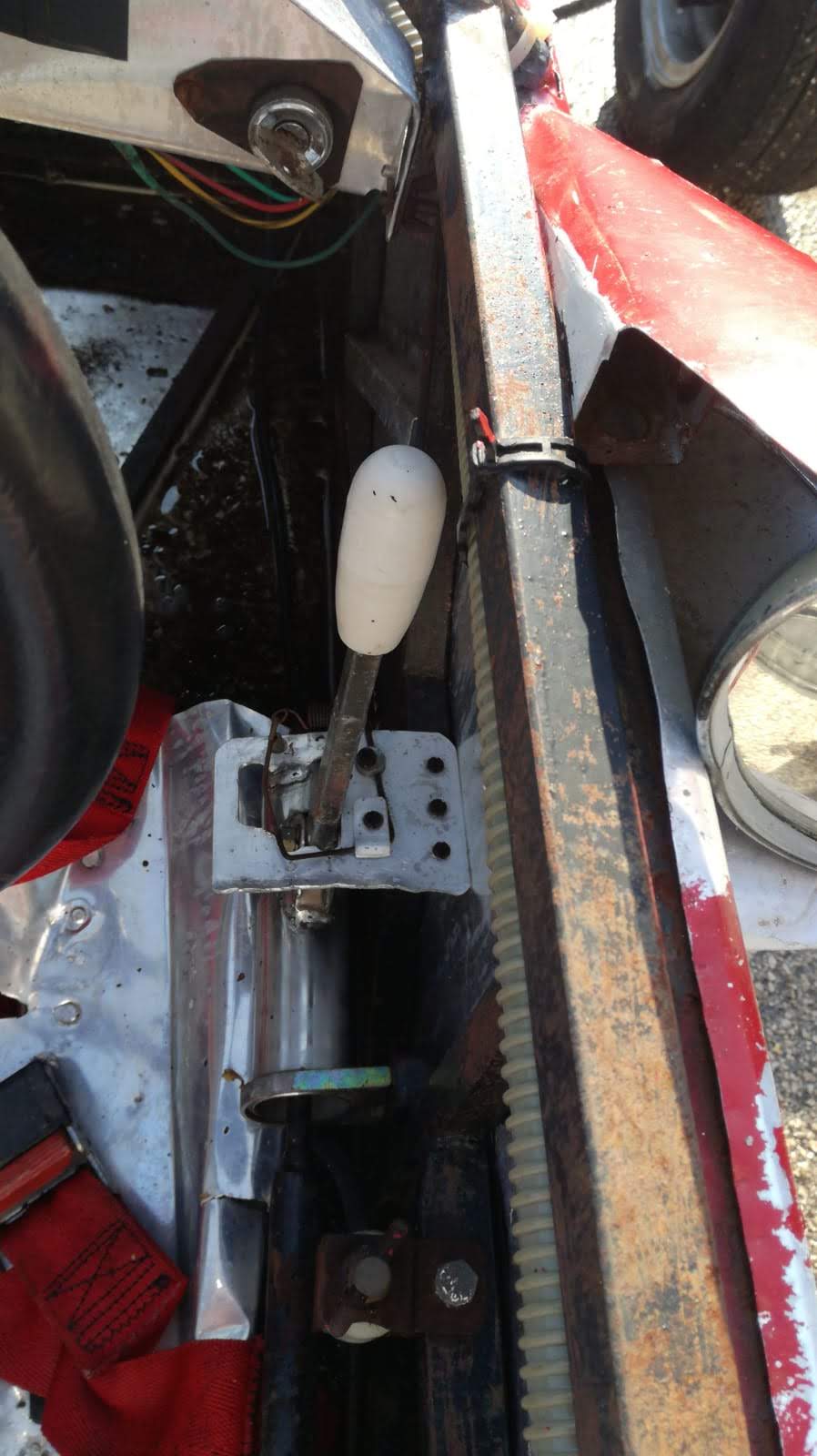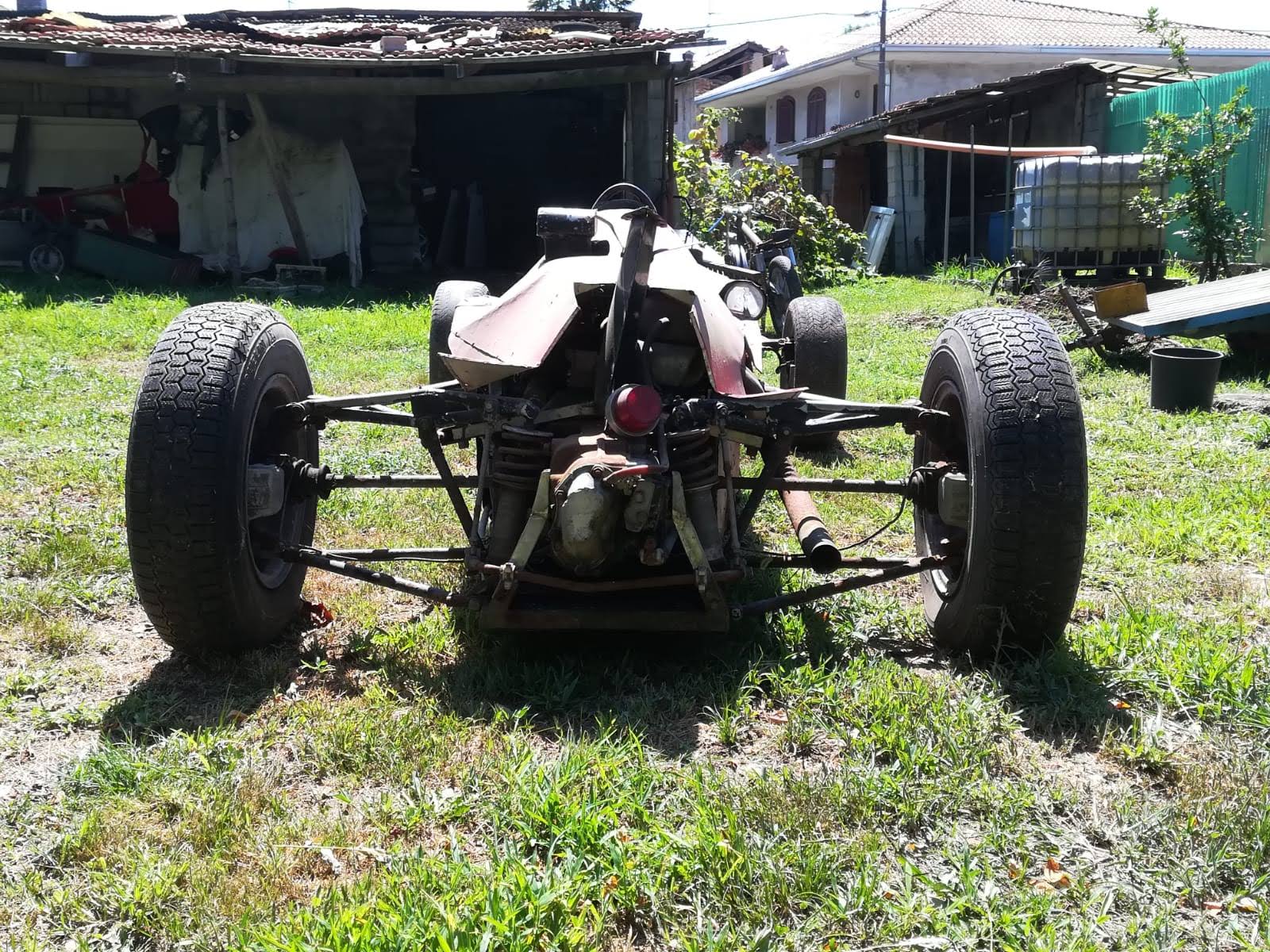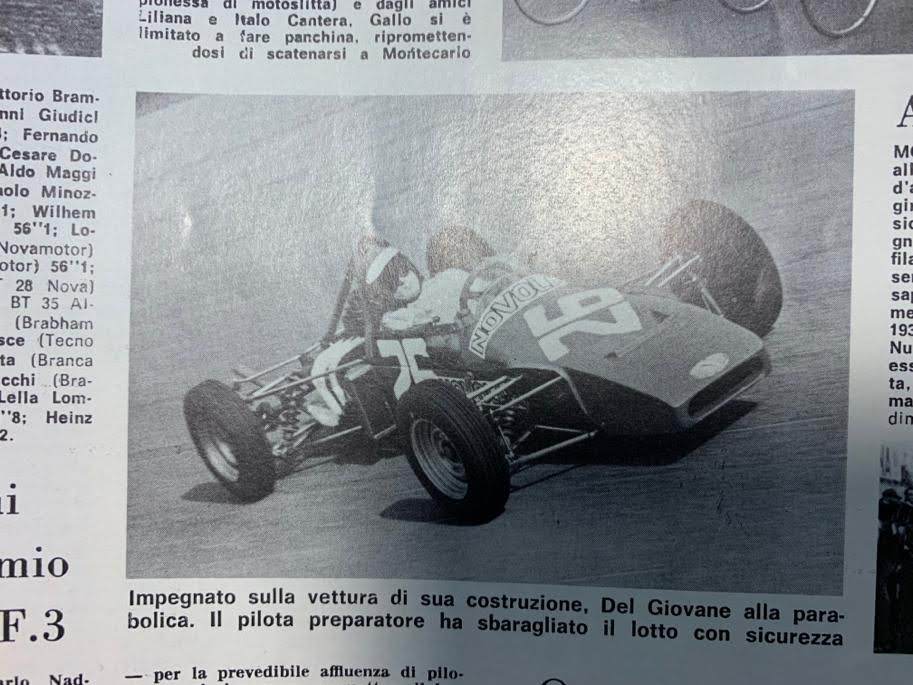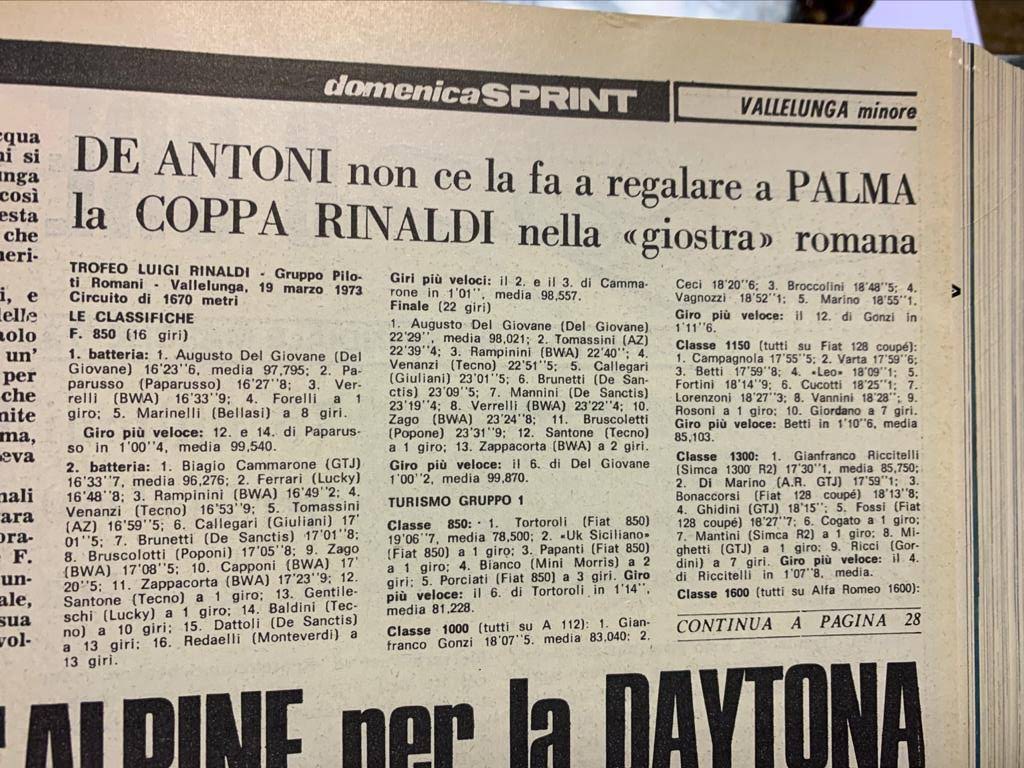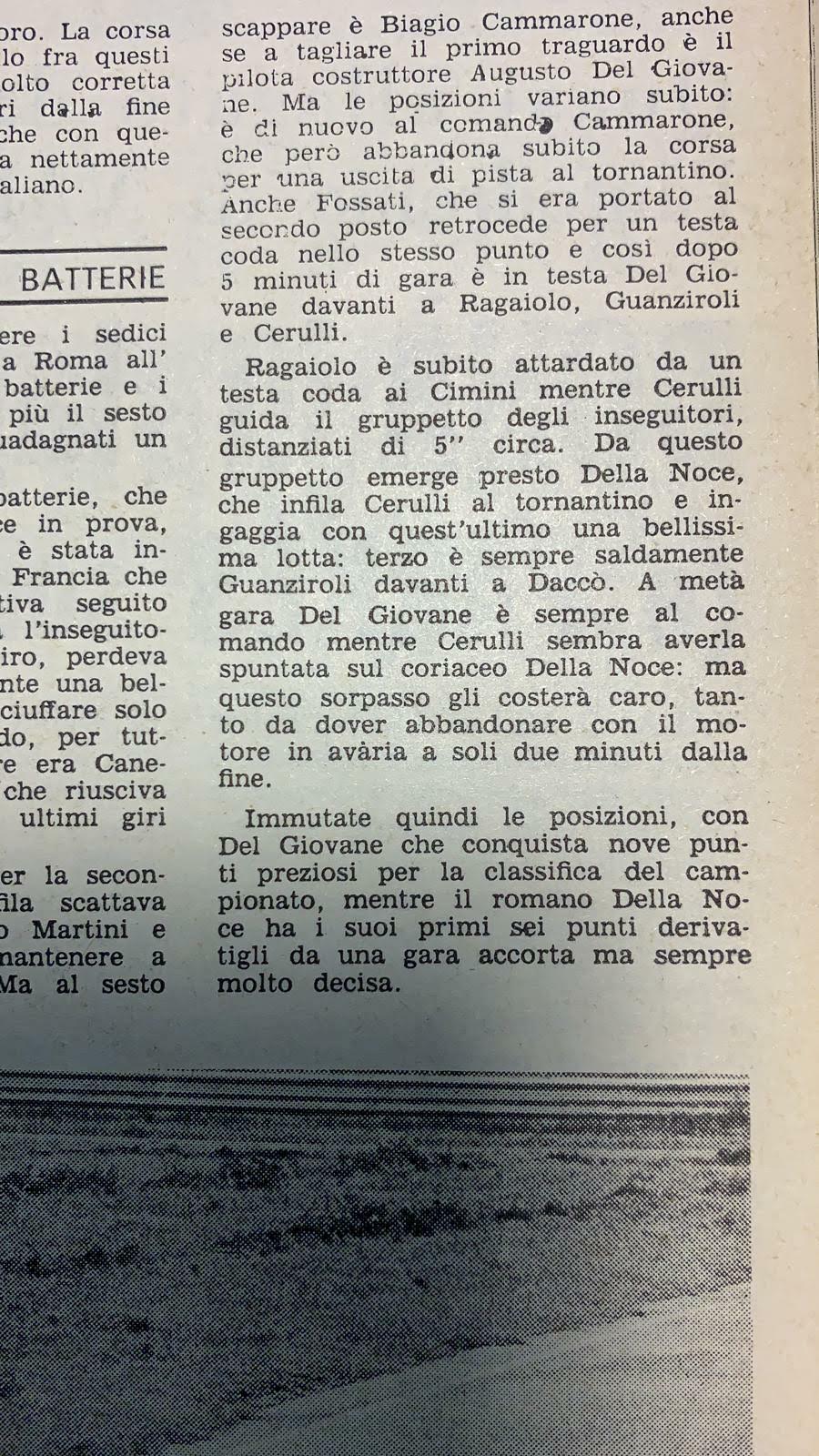Formula 850 Del Giovane, ugly but vigorous!

A house made racer takes us back to the seventies of small neighborhood builders, small wizards who knew how to put their passion into gear with vehicles that were as fast as a bolt
From the second half of the Sixties, the two Del Giovane brothers, Augusto and Luciano, worked in Rome as preparers for racing cars and Formulas, an activity that was particularly prolific at the time. In addition to numerous championship races, the two mechanics also frequented the Vallelunga and Magione racetracks, which was inaugurated in 1973.
Ready, set, go! After their first “creation”, an Abarth derivative, they continued in their workshop in Via Macedonia upgrading engines for the team of gentlemen drivers whose racing season they followed: the Del Giovane team. The 1971 season, however, was not a particularly happy one. And to salvage the name’s honor, the two brothers, in the first months of the following year, built a new car for the Formula 850. The racer, based on the Fiat mechanics of the car of the same name, was built in a hurry – as told by Augusto – and the body itself was made with simple riveting, using the aluminum that was in the workshop.
The English paint. The panels were assembled crudely, following the tubular structure of the car itself: the resulting appearance is angular and aggressive, in contrast to the kind of bodywork that was becoming popular at the time with soft, appealing lines. At the time, it wasn’t easy to find a strong paint that could take on aluminum without a filler base or primer, thereby avoiding an added burden. And so, a pilot working for Alitalia who was a friend of the Del Giovane family brought back a special light blue paint from England, which was found underneath the car’s current red color. Unfortunately, it was only one can, therefore some parts of the car remained unpainted and “some green paint that was in the workshop was used to complete it”, Augusto tells. The paintwork, like the bodywork, was done in a hurry, with a few sprays and off it went.
“No frills” spirit. “The car had to go fast, it didn’t have to look good, and yes it was fast!”, recalls Augusto Del Giovane. Technically, the Fiat 850 engine was upgraded to 896cc and the radiator was placed forward at an angle of 36°. The gearbox was based on the Fiat Giardinetta, or on the Fiat 850 itself; the gears were bought, then assembled and fitted by Del Giovane. Punched with the no. 003, the car took part in the Italian championship F850 in 1972 before being sold to the pilot Annino Conti two years later.
Full throttle. The season’s results were pleasing, with Augusto taking first place on April 16 at Monza and on September 10th at Vallelunga. In total, Del Giovane’s cars and drivers competed in six races, plus an additional one. Again, in the Lazio circuit, in 1973 Augusto came in first place on March 18th and again the following year, on June 9th: always in the national F850 championship. In 1974, he got other titles at Mugello and Magione. After that, in 1978, it participated in the new championship called Trofeo Formula 850 with displacement brought to 903cc and GBC engine derived from Fiat 850 (or Fiat 127): also in this case the little one earned a podium, this time with Nicola Fasanella.
Change to stay the same. Like many cars derived from the former now Formula 850, in the early eighties the Del Giovane was converted and updated to compete in the new Formula Panda with the same 903cc engine. Today the car has the characteristics of this category, with a longer wheelbase and modified suspension: these are the features that in those years made it possible to extend the sporting life of chassis considered obsolete. On the other hand, by now professional and semi-industrial manufacturers were appearing in the category. The season on the atelier producers was over, and it is precisely this evidence of “swan song” modifications that proves it. As a matter of fact, the role of this little racer would be from then on that of car trainer, or little more.
From Lecce with fury. Found in the southernmost corner of Italy by a collector who had put it into dormancy, after a series of misadventures the little Del Giovane arrived at the end of 2019 in the hands of a new “temporary custodian”, yours truly. I immediately set out in search of its identity and history, because what has been built with passion and ingenuity in those fabulous years of enthusiasm and great artisans! Like many cars derived from the former now Formula 850, in the early eighties the Del Giovane was converted and updated to compete in the new Formula Panda with the same 903cc engine. Today the car has the characteristics of this category, with a longer wheelbase and modified suspension: these are the features that in those years made it possible to extend the sporting life of chassis considered obsolete. On the other hand, by now professional and semi-industrial manufacturers were appearing in the category. The season on the atelier producers was over, and it is precisely this evidence of “swan song” modifications that proves it. As a matter of fact, the role of this little racer would be from then on that of car trainer, or little more. They were years that brought “the little Italy” closer to manufacturers of national importance. That’s what this tiny, crude, ugly and nasty vehicle represents: the desire to achieve and to race. The product of a family that became successful with just a few tools and a homemade lathe, although it has never realised its full potential. A family of constructors of small racing dreams that managed to come true. L.P.
© ALL RIGHTS RESERVED

